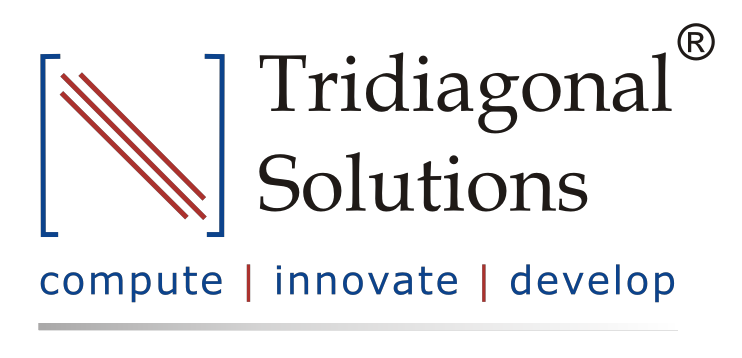
Application of Data Analytics for Manufacturing Excellence
Today most of the data analytics is in the form of monitoring (what is happening) the current state of the system/ process or historical data investigation (What has happened); trying to understand the events. The basic application of statistics (such as covariance/ correlation) helps in doing deterministic analysis such as root cause analysis of the past events and identify ‘Why’ such events happened. There are different applications of data science and analytics, which can help in performing various levels of analytics from diagnostics to probabilistic to augmented data modeling. The Machine learning techniques and application of right methods can unlock the data and give meaningful insights. However, to realize the benefits of this technology, the organizations need to have right ‘Analytics Strategy’, skills, methods and right solutions.


